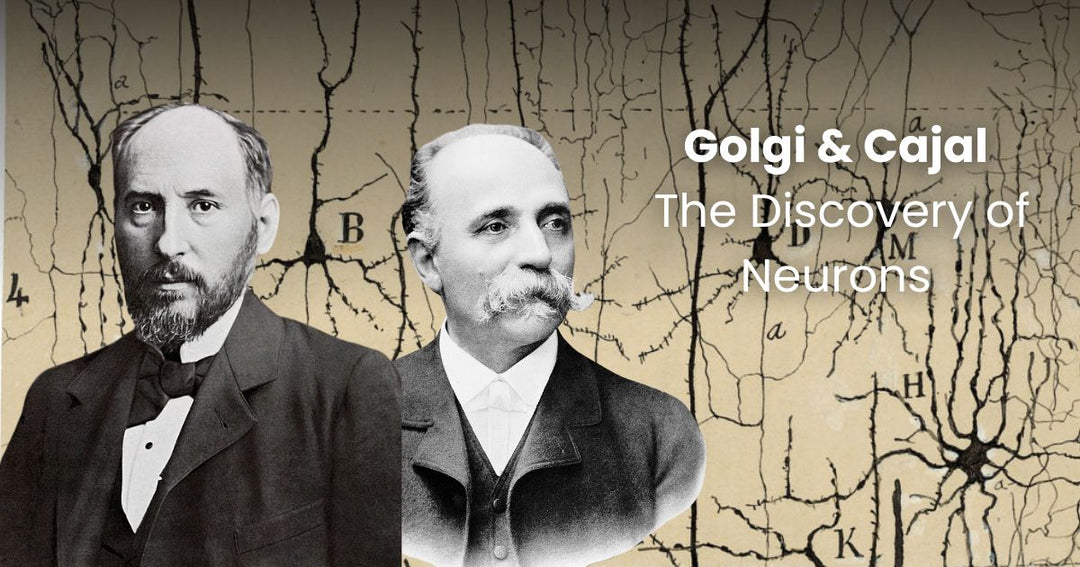Mary Anning - History's Greatest Fossil Hunter
Born in 1799 in Lyme Regis, on England’s Dorset coast, Mary Anning entered the world with little wealth, no academic prospects, and no inkling that she would upend our understanding of the Earth and its species. Her early life was shaped by poverty, religious nonconformity, and the crumbling cliffs of the Jurassic Coast.
Cliffs that were hiding secrets older than anyone imagined.

Mary’s father, Richard, was a cabinetmaker who also collected and sold fossils—what the locals called “curiosities” - to tourists. Mary often joined him on these cliffside hunts. It wasn’t just a hobby. It was how they survived.
Then, when Mary was just 12, everything changed.
At just 12 years old, she excavated a full skeleton of an Ichthyosaurus, a reptilian marine predator that had swum the seas during the Jurassic period. It was the first specimen of its kind to be found with such completeness. Her find would later appear in scientific papers—but her name would not.
And that omission would become a pattern.

In 1823, she unearthed the first nearly complete skeleton of a Plesiosaurus, a creature so bizarre in form that it was initially dismissed as a fabrication. It took the endorsement of Georges Cuvier—founder of vertebrate paleontology—to confirm its legitimacy. A year later, she discovered Britain’s first Pterosaur, a winged reptile that confirmed prehistoric life extended not only into the sea, but the air.

Anning’s findings contributed directly to the destabilization of long-held theological and geological beliefs. Her work supported the growing case for extinction, sedimentary deep time, and evolutionary change—ideas that would soon inform Charles Lyell’s Principles of Geology and Charles Darwin’s theory of natural selection.
But with no degree, no title and no institutional backing recognition was a near impossible struggle.
In the early 1800s, scientists were typically wealthy, male, and university-trained. Male academics would take her findings and write papers without acknowledging her. Never invited to join the Geological Society, she published no papers under her own name. She remained an outsider in the field she helped shape.
Henry De la Beche, a close friend, created one of the earliest illustrations of prehistoric life based entirely on her discoveries. He sold it to help her financially, since fossil sales alone rarely paid the bills.

Still, recognition came slowly.
Mary Anning died in 1847, aged just 47, of breast cancer. Shortly before her death, the Geological Society awarded her a pension—too little, too late. For decades, her legacy faded into obscurity.
Until the world finally caught up.
Today, Anning is rightly remembered as a pioneer of paleontology. She laid the groundwork for major scientific theories, without ever setting foot in a university. In 2022, a statue in Lyme Regis marked her long-overdue place in history.
And the cliffs she once walked are still giving up secrets she helped reveal.

Take a look at our Paleontology notebook that uses extracts of Anning's work and our Geology notebook too.








Leave a comment